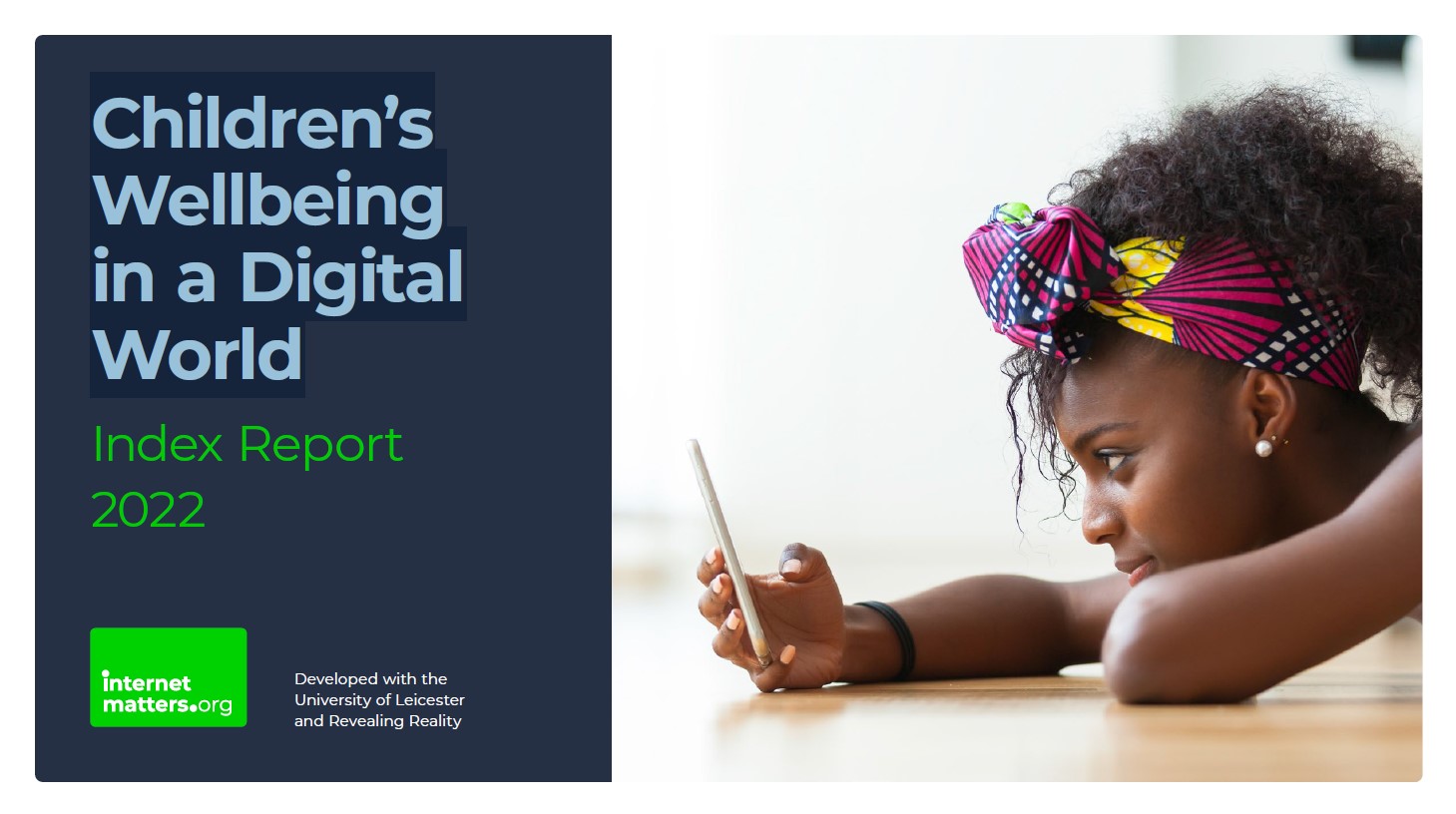It’s an over-used corporate adage that “what gets measured gets managed”. But it’s certainly true that what gets measured tends to get more attention in policy and public discourse.
It’s for these reasons that we are really excited that Internet Matters asked us to produce the first index on the impact of the digital world on wellbeing for children and young people1.
Putting a number on something can make it more visible, easier to compare. At a policy level, it becomes possible to track shifts over time, consider how to bring about change, test what works, influence behaviour.
Difficult to measure
But it’s difficult to measure the impact of technology on wellbeing, to put a number on it. And it’s essential that it’s done rigorously.
At Revealing Reality, we’ve done lots of work exploring digital behaviours, attitudes and experiences, especially among children and young people. It’s a complex picture and it’s changing all the time – and it’s for precisely these reasons that it’s so hard to measure their impact.
Instead, discussion and debate around what’s ‘good’ for young people tends to be reduced to limits on screen time, or simplistic notions of benign versus ‘bad’ content – precisely because they are easier to measure or identify.
For these reasons, to begin to develop the index, we first spent several hours with families seeking to understand:
- How is technology influencing the wellbeing of the children in this family?
- Where is it supporting?
- Where is it challenging?
- And what role is the wider family and household playing?
Positives and negatives
We saw – as we have seen in other research – that tech can have a positive impact – allowing children to explore a topic they’re interested in, say, and improving their mood. But it can also have a negative impact on how they feel and because of what they are missing out on, for example doing something repetitive that they’re not enjoying online rather than going out to see friends
Based on these interviews and observations, we tested hundreds of questions on children and their parents or carers, working out which ones gave meaningful and comparable answers. From there, using the four pillars of digital wellbeing – developmental, emotional, physical and social – in the framework developed by Dr Diane Levine for Internet Matters, we developed the index.
It’s important to be clear that there are positives and negatives of young people’s use of digital technology, and it was essential that we designed the index in a way that captured and highlighted both the benefits and the disbenefits, without the risk that they cancelled each other out.
As a result, we saw, for example, that as children get older and spend more time with digital technology, they experience more of the positives and more of the negative impacts on wellbeing.
Setting a benchmark
This is the first year of the index, so for now its power lies in being able to make comparisons between groups. Which children are experiencing the best and worst impacts of digital technology on their wellbeing? What can we learn about their situation?
What we found didn’t come as a huge surprise to us: greater social media use was associated with more negative impacts on social wellbeing, particularly for girls. But those spending less time on social media also experience fewer of the positive impacts. More time spent gaming was associated with increased negative impact on developmental and physical wellbeing – particularly for boys. Children and their parents are broadly aligned on how digital activity affects them, but having a supportive environment appears critical.
Also not surprising, but really important to be able to measure, was the finding that vulnerable children experience more of the negative impacts of digital technology on their wellbeing than their less vulnerable peers.
Being able to express these findings as part of an index gives a starting point to track change, to explore how policies might increase the positives and decrease the negatives, to consider how different groups might benefit from tailored support.
In years to come, we’ll be able to make year-on-year comparisons – what is getting better, what is getting worse – and for whom.
When it comes to young people’s digital wellbeing it’s not so much that what gets measured gets managed, but that what matters should be measured.
We hope this index will open up opportunities for everyone – from policy-makers to parents to industry – to contribute to increasing young people’s digital wellbeing.
1Internet Matters have used stock images in this report and not photos taken by Revealing Reality

